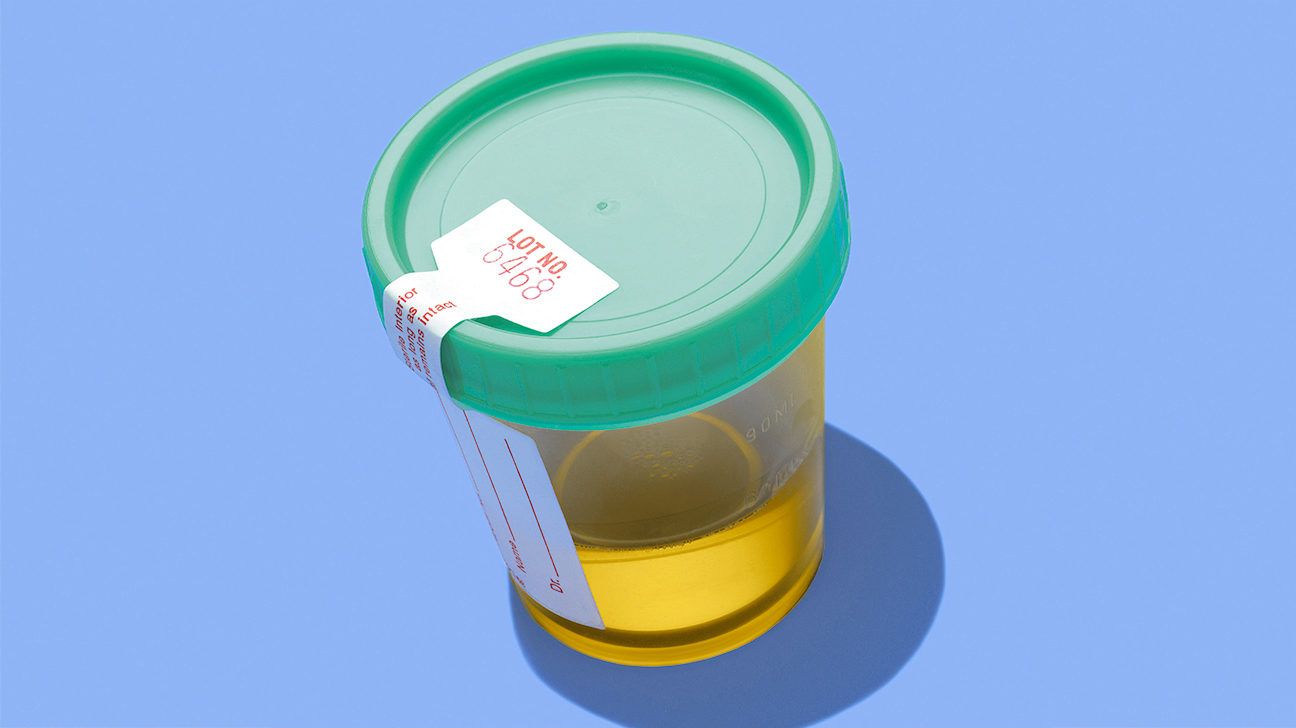Though it’s not the most glamorous format, urine tests can tell you quite a bit about your health.
If your healthcare provider asks you to take one to check your glucose levels, it’s likely because they suspect you have high blood sugar, which can be a symptom of health conditions like diabetes.
It may sound scary, but remember that tests like this one give you the tools to get healthy.
To help you go with confidence, here’s a quick look at why this test is typically ordered, what to expect when you take one, and how to make sense of your results.
A glucose urine test measures the amount of sugar in your urine. It’s super easy: Basically you pee in a cup and hand the sample off to your doctor, who will have your urine tested for the presence of glucose (aka sugar).
Glucose isn’t normally found in pee, but it can be if your blood sugar levels are usually high. If your doc suspects you have diabetes, they might order a glucose urine test.
It’s not an automatic thing, though. Although glucose urine tests were commonly used for diabetes in the past, nowadays blood tests are usually used instead.
If you’ve ever taken a urine test before, you’re pretty much already a glucose urine test pro.
At your appointment, your healthcare provider will give you a plastic cup with a lid for your sample. You’ll go into the bathroom, wash your hands and clean your genitals with a moist towelette, and pee into the container.
Then you’ll close up the cup and hand it over to whoever is designated to collect it.
After that? You wait — but not very long. Urine can usually be tested for glucose on the spot using a dipstick. The dipstick has a pad that’ll change color to signify how much sugar is in your pee. Within a few minutes, you should have your results.
Obviously, it’s easier to take a urine test when your bladder is pretty full. You don’t have to drink any more liquids than usual or try to hold it in all morning. But if you have to pee shortly before the test, you might as well wait and save it for the cup.
Other than that? Keep in mind that some medications can affect your test results. If you’re taking any meds or supplements, let your doctor know before taking the test. (But don’t stop taking anything unless your doctor tells you to.)
You’ve taken the test, and now you’re ready for the big reveal. Here’s what your numbers could mean.
Normal glucose urine test results
Glucose isn’t typically present in your pee. So if your glucose is within the range of 0 to 0.8 mmol/l (0 to 15 mg/dL), you’re in the clear. If it’s higher than that, you might need more testing.
Abnormal glucose urine test results
A urine glucose level higher than 0.8 mmol/l (15 mg/dL) could be a sign of a possible health issue. Usually, the culprit is diabetes. If your doctor thinks that’s the case, they’ll do a blood test to confirm your diagnosis.
Have a baby on the way? Pregnancy can affect your glucose levels too — and about half of moms-to-be have sugar in their urine at some point during those 9 months.
Higher-than-normal levels could be a sign of gestational diabetes, so if your doctor suspects that might be the case, they’ll order additional testing.
High glucose levels in your urine could also be caused by renal glycosuria, a rare condition in which your kidneys release glucose into your urine even when your blood sugar levels are normal.
This doesn’t usually require treatment, but your doctor may opt to keep an eye on things since some people with renal glycosuria can develop diabetes.
If your doc determines that you have diabetes, now what? It’s normal to be a little worried, but know that both type 1 and type 2 diabetes are totally manageable.
Type 1 diabetes
Type 1 diabetes is an autoimmune disorder that occurs when your pancreas doesn’t make any insulin. It usually starts in childhood or young adulthood.
If you have T1D, you’ll need to take insulin daily to keep your blood sugar levels balanced. Your doctor might also recommend metformin, which can help you use less insulin.
Type 2 diabetes
Type 2 diabetes is a condition in which your body doesn’t make enough insulin or doesn’t use it well. It’s related to lifestyle factors and tends to develop in middle age or older adulthood.
Lifestyle changes like losing weight, eating a healthy diet, and exercising regularly are first-line defenses for T2D. If that’s not enough to manage your blood sugar levels, you may need to take metformin or insulin.
Whether you have T1D or T2D, it’s important to work closely with your healthcare provider. They’ll help you put together a plan to get your blood sugar under control — and keep it that way.
tl;dr
- Glucose urine tests are a quick, easy way of measuring levels of sugar in your urine, which can be a sign of diabetes.
- If your levels are too high — anything over 0.8 mmol/l — your provider will order additional tests to confirm your diagnosis.
- Then you can work together to make a plan to get your glucose levels back where they should be.


